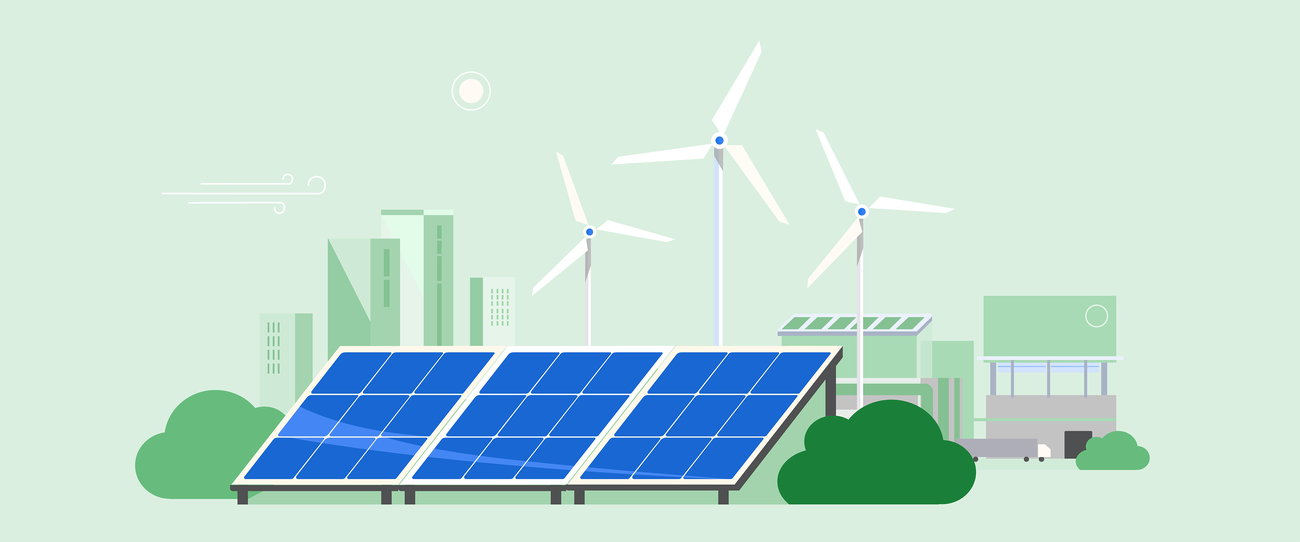[ad_1]
The team — centered in Ghana but spread across Tel Aviv, Zurich and beyond — has explored ways to make the project even more useful ever since. “We operate in a constant hackathon mode: trying new ideas, looking at challenges and limitations and thinking, ‘OK, how can we solve this?’” says Google Research program manager Abdoulaye Diack. “One thing we hadn’t been able to capture with the original dataset was how an area evolves over time — the data was static. And it was information partners were seeking.”
Commercial satellite image providers tend to prioritize capturing imagery based on demand and profit, leaving large swaths of the Global South — about 40% of the globe — without any regular and high-resolution coverage, and some remote villages and informal settlements without any coverage at all. More readily available and frequently updated open-source imagery — like that taken by the European Space Agency’s Sentinel-2 satellite, which has a global revisit time of every five days — was long considered too low-resolution to work for the task of building detection.
Hopeful that this low resolution might be less of a hurdle than they thought, the team decided to try it.
First, they put a single low-res frame of an area captured by Sentinel-2 into their model and asked it to produce polygons of the buildings on the ground. “That was a very difficult task, but there was potential,” Abdoulaye says. “So we asked the model to produce just the building masks — or raster data made up of binary pixels linked to specific coordinates — from the image. It did a decent job and we thought: This is doable.”
About a year later, and after much painstaking iteration on the model, the team released the Open Buildings 2.5D Temporal Dataset last month. Covering 2016 to 2023, it offers an annual snapshot of building presence and counts across much of the Global South, as well as building heights, showing how development, catastrophe and other factors impact cities. Users simply select a region, toggle between years, and watch the world expand and contract in patterns of colorful shapes.
“About 2.5 billion more people could move to cities by 2050, most of them in the Global South — this could be a real step change for governments and organizations working through that growth,” says Google Research product manager Olivia Graham. “If a city is planning where to put essential services like healthcare and education, or where to develop infrastructure like water and energy supplies, this dataset shows the areas that are actively growing.”
[ad_2]
Source link







